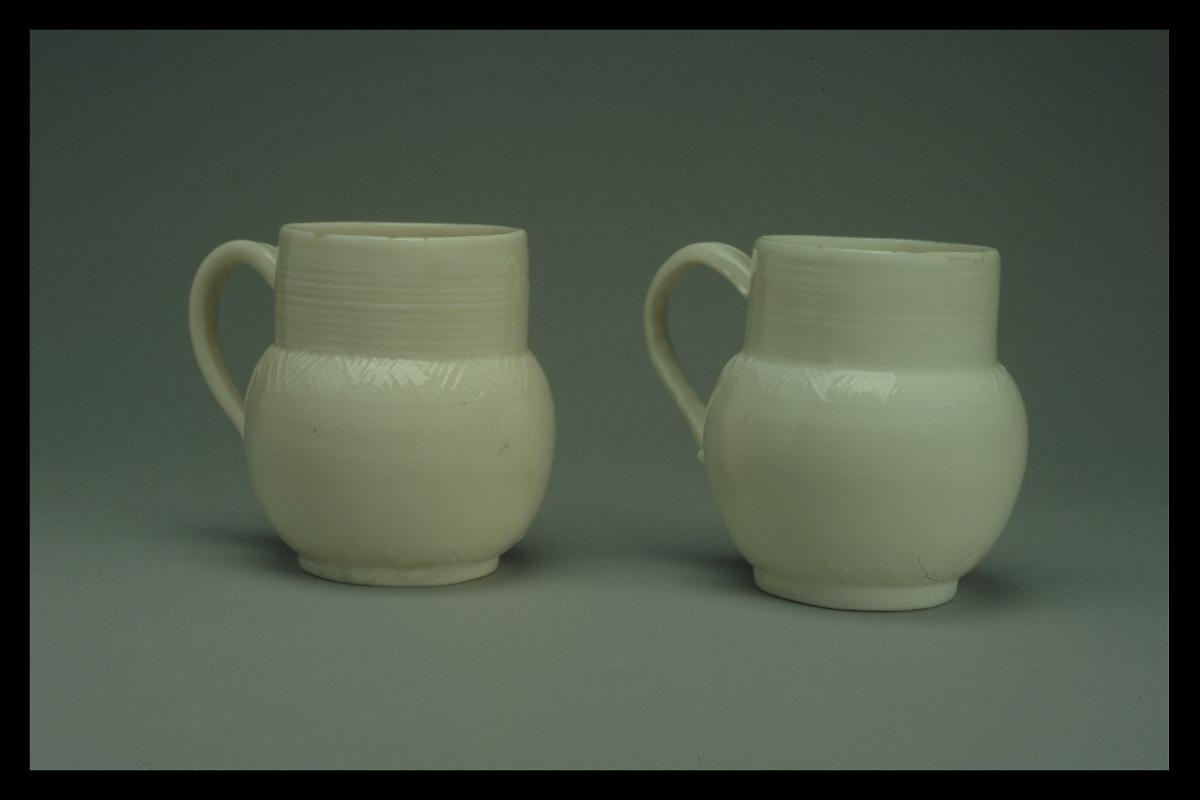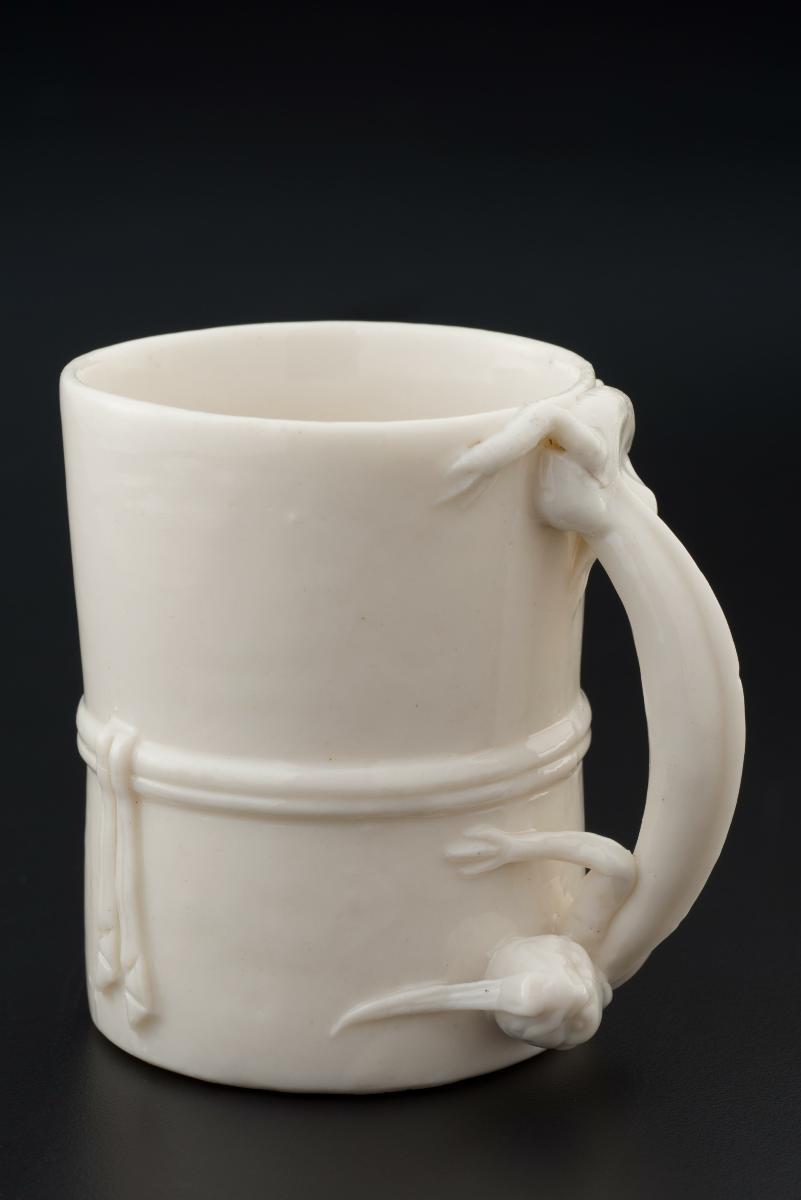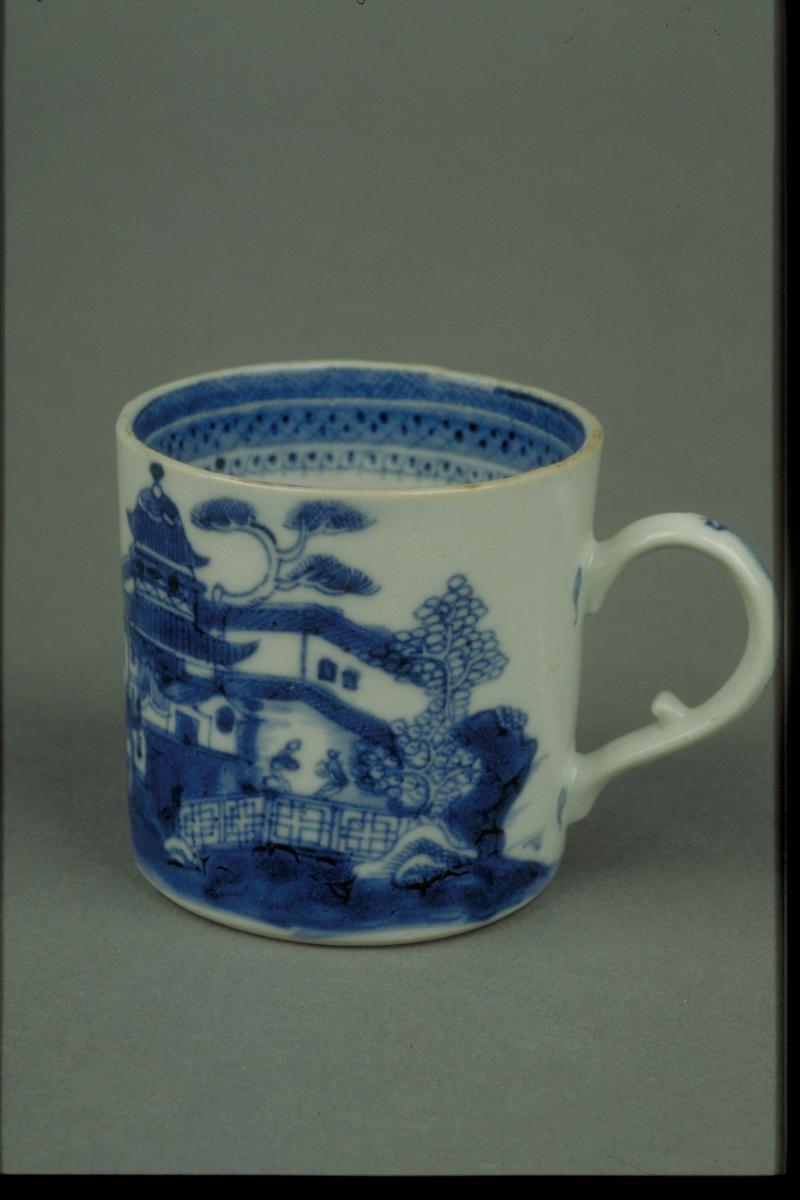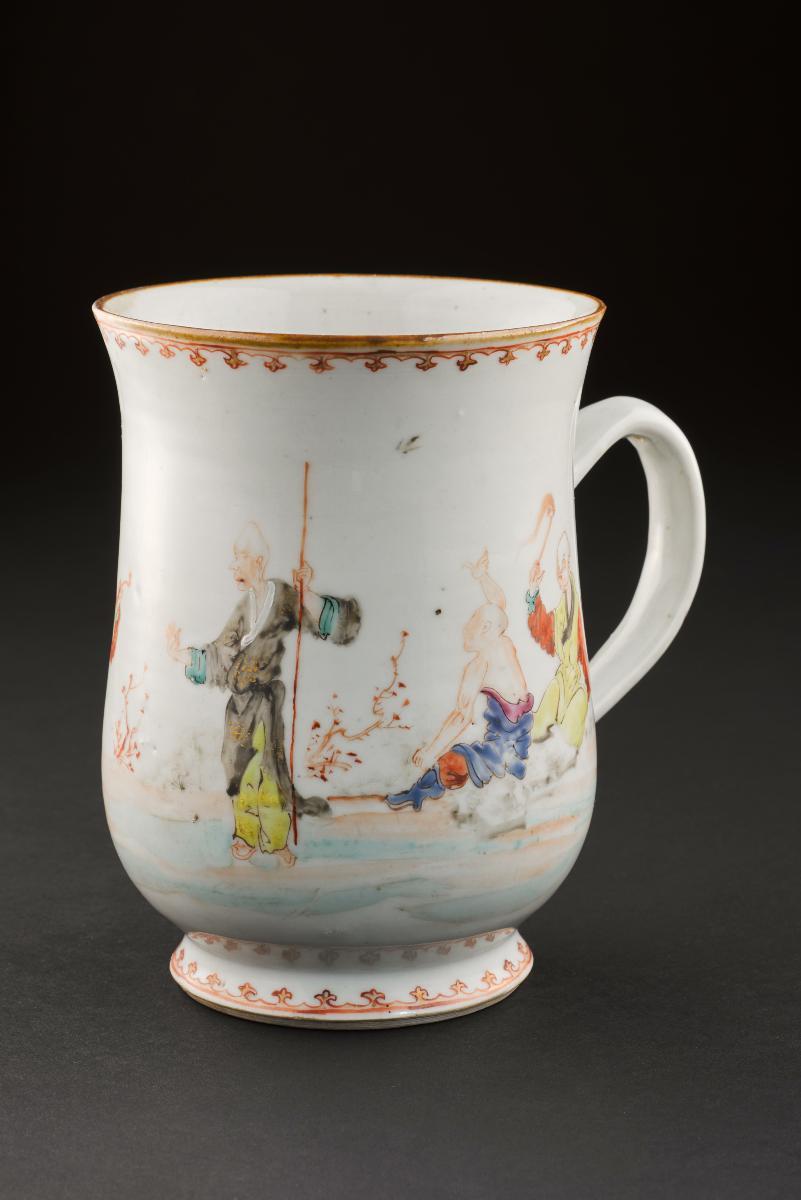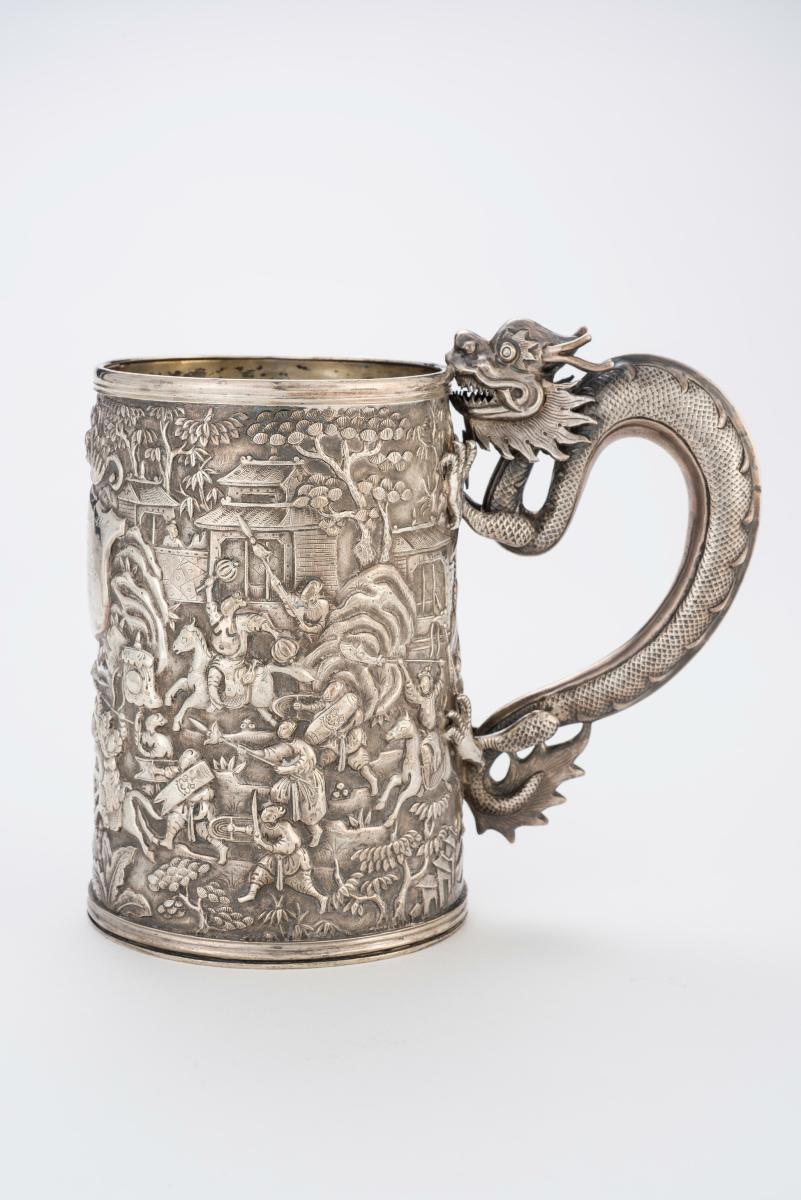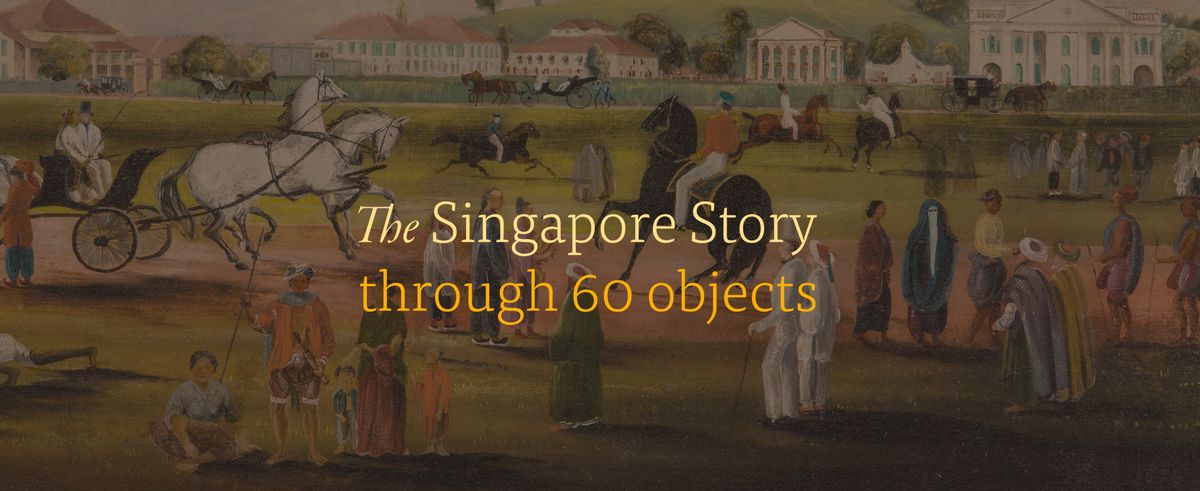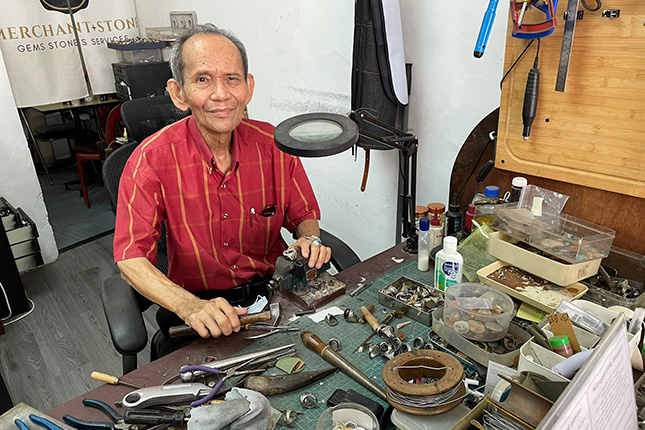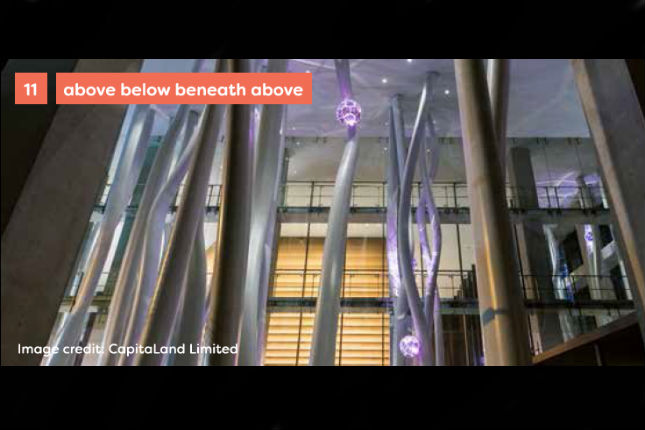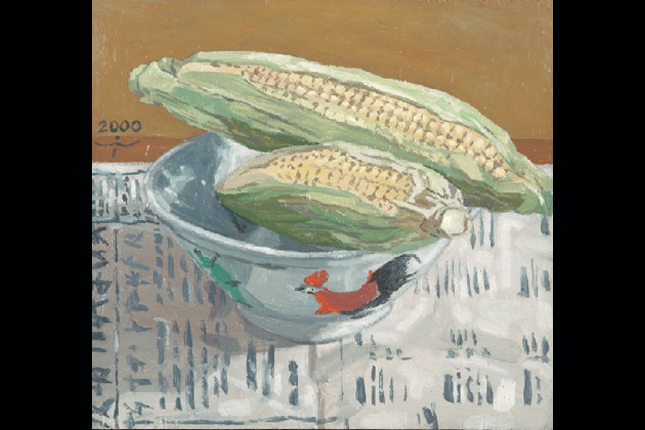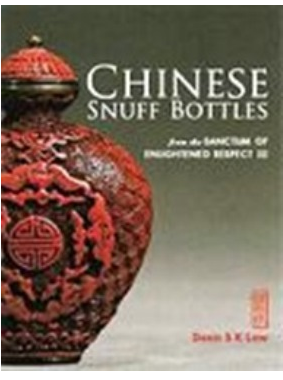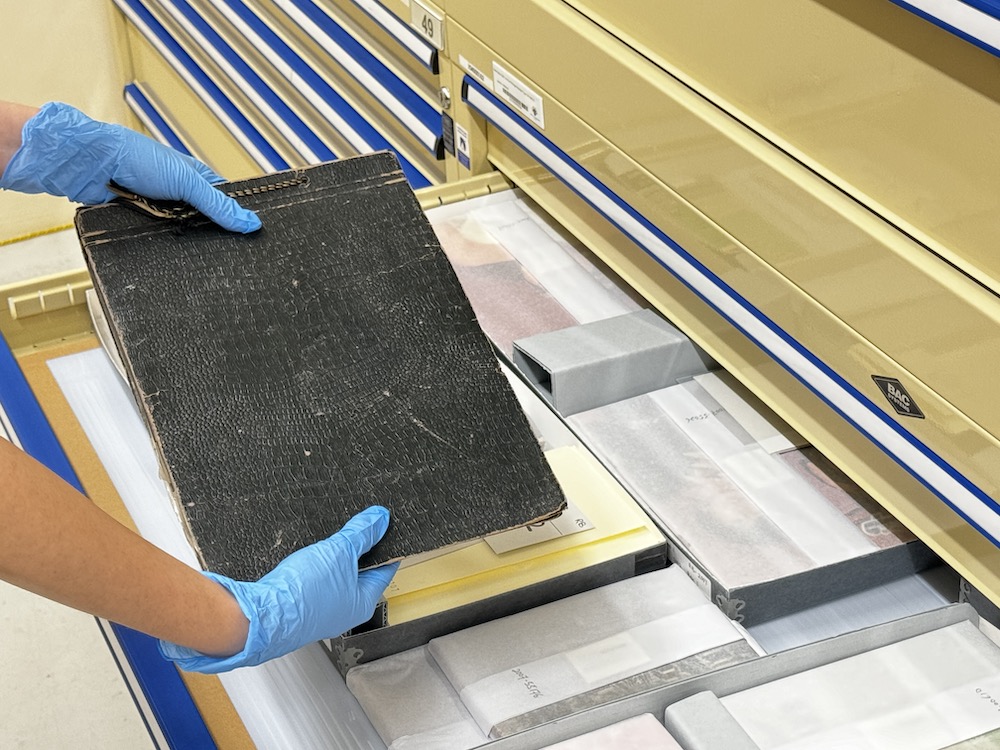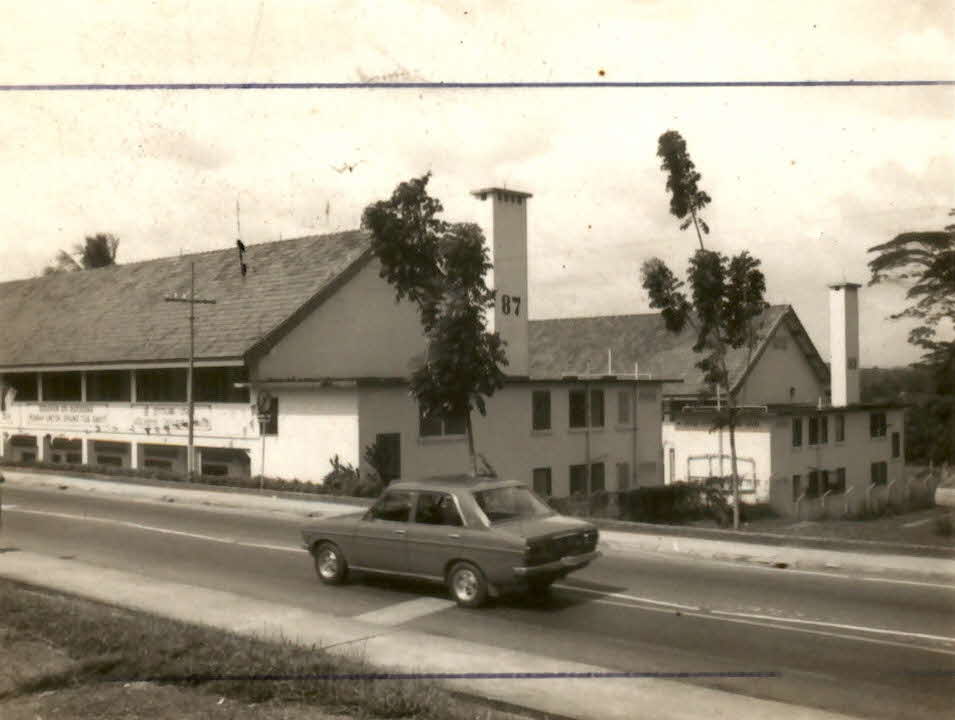Object size: 001: H9.3 x W10 cm
These mugs are thin and unevenly moulded in two parts, joined rather delicately at the neck. They are simply decorated with a moulded band of chevrons on the shoulder and just above the foot and ‘string’ decoration around the neck. The glaze tone on each varies from milky white (left) to a slightly pinkish tone (right). The form and decoration of these mugs are derived from a German or Dutch metal prototype. They were also produced at Jingdezhen and probably found some popularity with the domestic as well as European markets. By 1721, they had appeared in quantity at Dresden and many were decorated with European enamels.Dehua, a district in Fujian province, is the production centre for white porcelain, which is known to the Chinese as 'zhuyoubai' (pork-grease white) or 'xiangyabai' (ivory white), and to the Europeans, 'blanc de Chine' (white porcelain). As these names suggest, Dehua porcelain has a white body, consisting predominantly of porcelain stone ('baidunzi') with minute amounts of clay. This porcelain was produced as early as the 14th century. However, production and quality peaked in the 17th century. A variety of techniques, including press-moulding and slip-casting, were used to create a wide repertory of wares. This ranged from religious figurines to scholar’s objects and enamelled wares.




